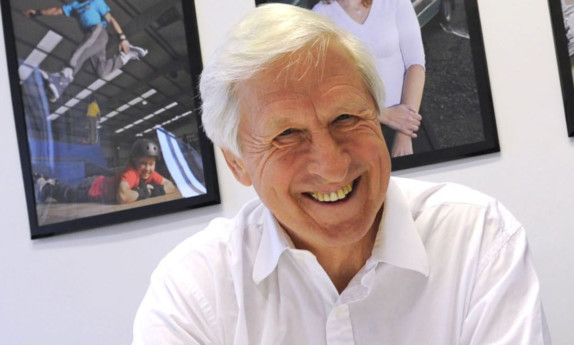Scottish businesses have been urged to consider moving to an employee owner model after a study found it could deliver a productivity boost.
Research produced ahead of Employee Ownership Day today suggested that output was 5% to 10% higher within EO-structured businesses than firms that operated under traditional management models.
Fife performance textiles group Scott & Fyfe moved to an EO model in 2012 after the long-time owners sold out.
Non-executive chairman Professor Nick Kuenssberg said the Tayport-based group had seen the benefits of having the interests of the staff more closely aligned with those of the business.
“Recent findings from an employee survey have confirmed the intuitive belief that a sense of ownership and a genuine understanding of and commitment to an innovation-led strategy would enhance performance and thus the longer term future of the company,” he said.
“A few months ago, we were visited by an internationally respected textiles consultant who said he was impressed by such an innovative and vigorous company. Simultaneous innovation and ownership change was perhaps a risk but it is already proving worth taking.”
Retailer John Lewis Partnership is one of the UK’s best known employee-owned businesses and its chairman Sir Charlie Mayfield will be a keynote speaker at an Inspire EO conference to take place in Edinburgh in October.
Scotland’s Deputy First Minister and Finance Secretary John Swinney said EO could be a “great option” for firms.
He said: “This model enables companies to focus on creating long-term value for their employees, their customers and their partners.”
Family-owned businesses are most likely to consider employee ownership, according to the new research.
Sarah Deas, Co-operative Development Scotland’s chief executive, said EO had merits for owners and staff.
She said: “ Finding the correct succession solution for your business is vitally important to protect its future, so owners should start considering their options at the earliest possible opportunity even if it feels like retirement may be some years away.”
